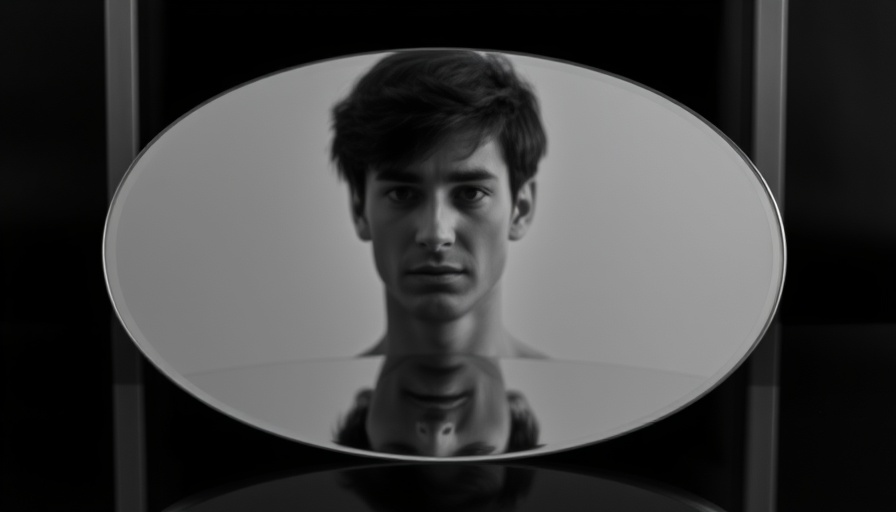
Understanding Body Dysmorphic Disorder
Body Dysmorphic Disorder (BDD) is a mental health condition that affects how individuals perceive their appearance. Those with BDD often fixate on perceived flaws—whether real or imagined—causing significant distress and impairment in daily life. It’s crucial to understand the signs and symptoms of this often-misunderstood disorder to foster empathy and awareness.
In 'Signs and Symptoms of Body Dysmorphic Disorder', the discussion delves into this critical topic, exploring key insights that sparked deeper analysis on our end.
Common Signs: Recognizing the Symptoms Early
Some common symptoms of BDD include obsessive thoughts about one’s appearance, compulsive behaviors such as excessive grooming or checking the mirror, and social withdrawal. Individuals may go to great lengths to cover up perceived imperfections, seeking cosmetic procedures or avoiding situations where they feel exposed. By understanding these signs, friends and family can support those struggling with the disorder.
The Emotional Impact of BDD
Living with Body Dysmorphic Disorder can lead to feelings of anxiety, depression, and low self-esteem. Understanding the mental toll this condition takes is essential for fostering a supportive environment for those affected. It’s important to encourage open conversations and remove the stigma associated with mental health issues.
Hope and Help: Resources for Recovery
Early intervention is key in managing BDD effectively. Therapy, support groups, and educational resources can play a vital role in recovery. If you or someone you know is experiencing symptoms of Body Dysmorphic Disorder, seeking professional help can lead to a better understanding of the condition and how to navigate its challenges.
 Add Row
Add Row  Add
Add 




 Add Row
Add Row  Add
Add
Write A Comment